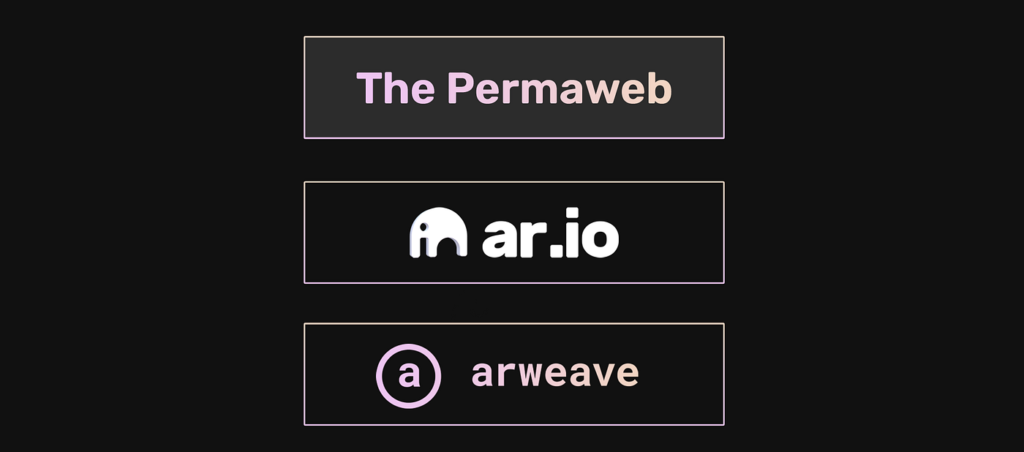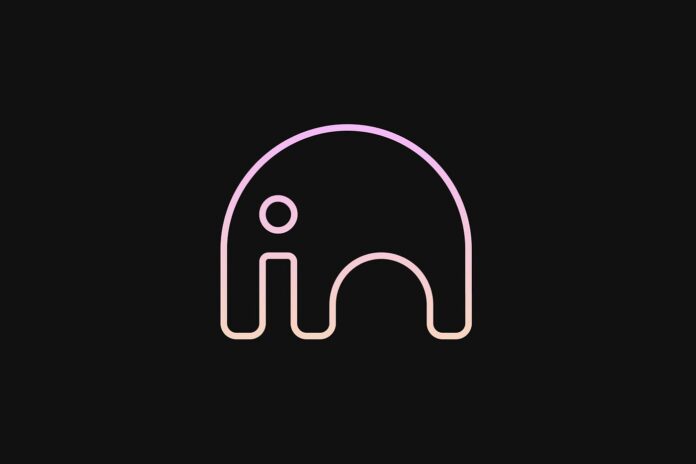AR.IO is a global network, protocol, and currency that enables the permaweb: the files, apps, webpages, and data permanently stored on the Arweave decentralized storage network.
Operators, developers, and end users from all over the world participate in the open, ownerless, distributed AR.IO Network. The network’s numerous nodes, collectively referred to as AR.IO Gateways, create a decentralized interface that connects users to the permaweb. As a “Permaweb Service Provider,” each gateway facilitates the essential web services required by apps, such as reading, writing, querying, and indexing Arweave data.
Benefits of AR.IO
In order to further improve the permaweb’s general health, resilience, and functionality, AR.IO aims to lower entry barriers and draw in more gateway operators via decentralized, highly distrusted mechanisms. This will be achieved by using an effective, modular, open-source network architecture to lower gateway overhead costs and by using the IO token to create a layer of economic incentives.
Furthermore, the IO Token, a utility token used for network enrollment, payments, gateway accountability, and protocol incentives, is the central component of AR.IO’s incentive scheme. The network includes the Arweave Name System (ArNS), a mechanism for tagging friendly domain names with permaweb data, along with modular and detachable gateway infrastructure.
Also Read: Is there more to crypto than making profits? – I Joined Crypto for the Money but Discovered More
Users and the data stored on Arweave are interfaced with each other by the different nodes on the ar.io network, referred to as gateways. Every gateway functions as a “Permaweb Service Provider,” offering a variety of low-trust, value-adding services to users and applications that require reading and writing data on Arweave.
Gateways and how they work
The gateway serves as the permaweb’s main entrance. These are infrastructure tools that let users access and query the data stored on Arweave and are positioned above the base storage layer. Specialized nodes called gateways are in charge of data retrieval, caching, serving, and indexing transactions into a database that can be quickly and widely queried. The Arweave mining nodes, which are designed to secure the blockweave and spread information across the network using a mechanism called Wildfire, do not carry out these tasks.

The backbone of the AR.IO Network are the gateways. Serving as a link between the outside world and the Arweave network is their main responsibility. Accordingly, the primary goal of a gateway is to facilitate user interaction with the Arweave network by streamlining the technical procedures involved in writing, reading, and finding data on the blockweave in a way that minimizes trust.
The functions of an AR.IO gateway include data writing, reading to retrieve data, and discovering data, among other benefits and capabilities such as:
- Facilitating friendly-subdomain-name routing to Arweave transactions via direct integration with the Arweave Name System (ArNS).
- Facilitating configurable content moderation policies.
- Providing the modularity and configurability necessary for operating extensible gateways that can be deployed at small or large scales to meet the needs of specific applications, use cases, communities, or business models.
- Providing connectivity to a decentralized network of other AR.IO gateways, enabling data sharing and other shared workloads.
- Providing pluggable means for consuming telemetry data for internal and external monitoring and alerting.
How builders can Utilize AR.IO?
The gateway’s core functions are implemented in Typescript and feature adaptable interfaces to connect to different databases and subsystems. This enables builders to tailor their gateway to their unique needs. Depending on the requirements of the operator, gateway services can be turned on or off. An operator may decide, for instance, to have their gateway serve data but not actively index bundled data.
Additionally, because of this flexibility, operators can make use of technologies that are suitable for the size and conditions of their operations.
To become a member of the AR.IO Network, a gateway operator must register their node in the “Gateway Address Registry,” or “GAR,” of the AR.IO SmartWeave Contract. In order to register, one must stake a minimum number of IO tokens and submit extra metadata outlining the gateway service being provided.
How Network Incentives Reward Gateway Operators
The AR.IO Network’s incentivization mechanism, backed by the IO Token, represents value, trust, and reputation to participants.
Every record in the ArNS Registry has a friendly name and a reference to an Arweave Name Token, or ANT, in order to prove who owns it. Name Tokens are distinct SmartWeave tokens that enable their owners to modify the Arweave Transaction IDs that correspond to the friendly names they are associated with.
The protocol’s incentive system is one of its main features. The effectiveness of the gateway and adherence to observational obligations are the foundations of this system. Outstanding gateways are designated as “functional gateways” and are rewarded; in contrast, “deficient gateways” that don’t meet the requirements run the risk of being penalized, i.e., receiving no rewards at all.
The protocol balance, which is made up of IO tokens that were first distributed at network genesis in addition to those gathered from ArNS asset purchases, is where the money for incentive rewards comes from. This balance is used to award qualifying gateways and observers at the end of each epoch, according to predetermined performance metrics.
The IO token, which acts as a permissionless and censorship-resistant medium of common value for the network, has many uses that include:
- Protocol incentives
- Staking by gateways
- Payments for services like the Arweave Name System (ArNS),
- Gateway delegated staking.
Note: The IO tokens are still in development and yet to be released.
To participate in the epoch:
- A gateway must have already staked IO tokens and joined the network before it starts.
- At each epoch (approximately 7 block days), a random pool of active gateways will be selected (prescribed) to perform observation duties.
- Within the epoch, observers are tasked with evaluating a subset of ArNS names for each gateway in the network.
- By the end of the epoch’s observation reporting period, the observer must upload its standardized health observation report to Arweave.
- The observer must also submit a SmartWeave interaction to the AR.IO contract to save its report transaction ID and a summary of all failed gateways for tallying by the incentive protocol.
- After the observation reporting period and tallying periods have closed, the payout is performed on the next contract state tick. a. This payout rewards gateways and observers who have performed their duties. b. Gateways that do not meet the performance threshold will not receive rewards. c. Observers that did not perform their duties are not rewarded, and in addition, they are penalized for any gateway rewards received.
- Community builders and application users can verify and leverage the report and distribution information to make more informed decisions on which gateway to use.
What AR.IO means for the Future of the Permaweb?

AR.IO is working on future enhancements such as gateway revenue, data searching, third-party integrations, user verification of gateaway performance, and so on.
By implementing a gateway account management system, it allows operators to charge for services like bandwidth usage, index querying, and advanced features, providing a revenue stream to support and incentivize gateway operations.
In the future, it will empower content creators by introducing a decentralized ad-serving mechanism within gateways, allowing content creators to generate revenue through ads displayed alongside their content on the AR.IO Network.
In addition, integrate an interface that allows users to comment on a gateway’s functionality. One strategy might be to advertise the quantity of vouched delegates a gateway has gathered, or users could utilize a vouching system whereby they could indicate onchain whether they have had a good experience with a particular gateway. Gateway operations could be enhanced by this system with more features and better performance.
In conclusion, a protocol that extracts top-level domain names from Permaweb data is one possible method. Without requiring a top-level domain from the user, the ar:// schema protocol was created to effortlessly route requests for ArNS names, base-layer transactions, and bundled data items.


